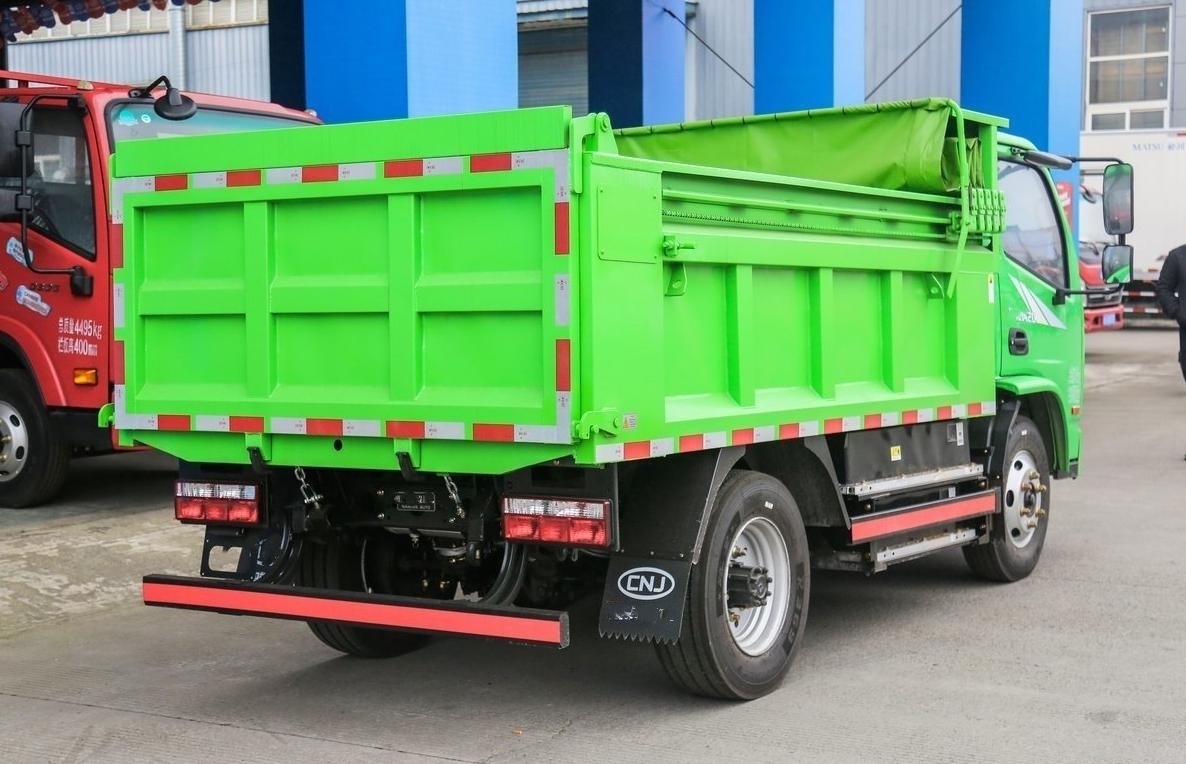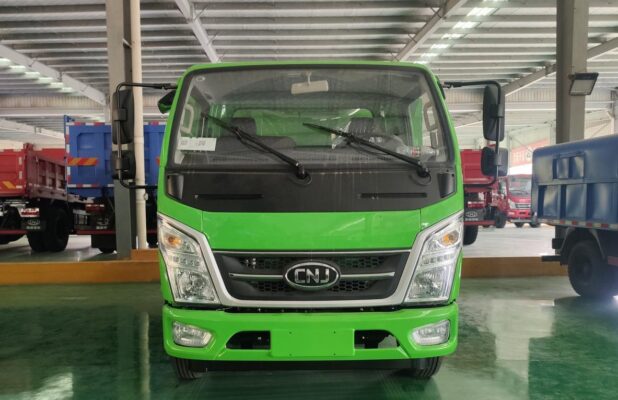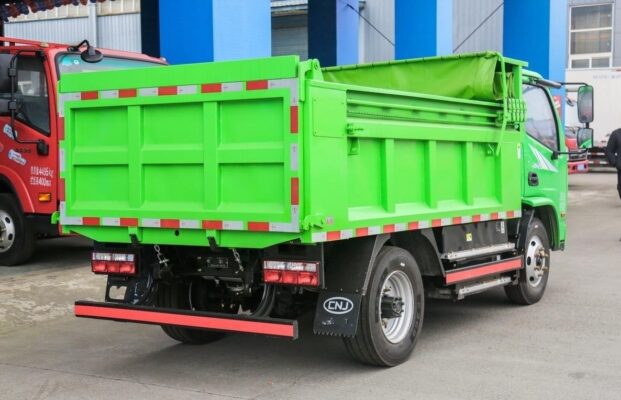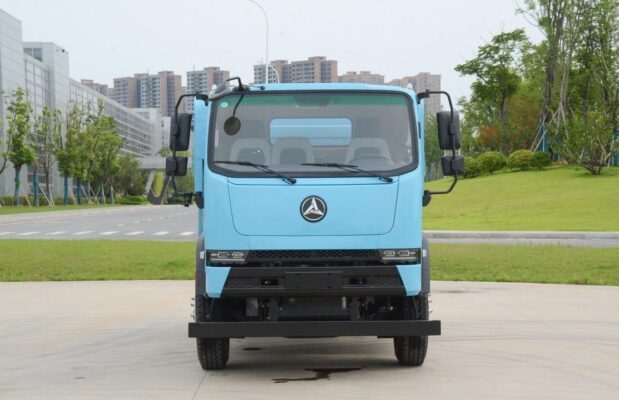Знання електричних вантажівок
Why Do Electric Vehicles Lose Momentum in the Later Stages?
Електричний транспортний засібs (EVS) have been heralded as the future of transportation due to their potential to reduce emissions and reliance on fossil fuels. Однак, several challenges have hindered their widespread adoption and development:
1. Limited Range of Electric Vehicles
One of the primary reasons for the slowdown in EV development is the limited range compared to traditional internal combustion engine vehicles. Although battery technology is advancing, current електричний транспортний засіб ranges still fall short of what is required for long-distance travel or extended use without recharging. This limitation stems from the inherent constraints of current battery technologies, such as lithium-ion and solid-state batteries. While progress has been made in increasing energy density, these technologies still cannot compete with the energy density of gasoline.
Factors Affecting Range:
-
Battery Technology: Current batteries have a limited energy capacity, which directly impacts how far an EV can travel on a single charge.
-
Зовнішні умови: Factors such as temperature, driving habits, and road conditions can adversely affect battery performance and, consequently, the vehicle’s range.
-
Vehicle Design: The weight and aerodynamics of the vehicle also play a crucial role in determining energy efficiency and range.
2. Inadequate Charging Infrastructure
Another significant barrier to the widespread adoption of EVs is the lack of comprehensive charging infrastructure. Building this infrastructure requires substantial investment and coordination across various sectors.
Challenges in Charging Infrastructure:
-
Investment Requirements: Developing a robust network of charging stations requires significant financial investment and time.
-
Grid Upgrades: Charging infrastructure must be integrated with the existing electrical grid, necessitating upgrades and expansions that require considerable resources.
-
Interdepartmental Coordination: Effective deployment of charging stations involves multiple stakeholders, including government bodies, utility companies, and private enterprises. Inadequate policy frameworks and planning can slow down progress.
-
Operational Challenges: Managing and maintaining charging stations involves standardizing charging services and ensuring the reliability and availability of charging points.
3. Long Charging Times
A major disadvantage of електричний транспортний засібs compared to traditional vehicles is the time required to recharge. Unlike refueling a gasoline vehicle, which takes only a few minutes, charging an електричний транспортний засіб can take much longer.
Reasons for Long Charging Times:
-
Battery Chemistry: The rate at which a battery can be charged is limited by the chemical reactions occurring within. This is particularly true for standard AC charging, which can take several hours to fully charge a vehicle.
-
Fast Charging Limitations: While DC fast charging can significantly reduce charging times, it is limited by the battery’s ability to handle high power levels. Fast charging can cause the battery to heat up, requiring mechanisms to slow down the charging rate to prevent damage and ensure safety.
4. High Costs and Maintenance Considerations
The initial purchase price of електричний транспортний засібs is often higher than that of conventional vehicles, partly due to the cost of the batteries. Додатково, maintenance and repair costs can also be significant, impacting consumer purchasing decisions.
Cost-related Issues:
-
Purchase Price: While prices have been decreasing, EVs still tend to be more expensive upfront than conventional vehicles.
-
Maintenance Costs: Although EVs have fewer moving parts, the specialized nature of some components can lead to higher repair costs. Battery replacement, in particular, can be costly.
-
Battery Longevity and Recycling: The lifespan and disposal of batteries pose environmental and economic challenges, impacting the sustainability of електричний транспортний засібs.
5. Solutions to Overcome Electric Vehicle Development Challenges
To propel the development of електричний транспортний засібs and address these issues, efforts must be made across several fronts:
Advancements in Battery Technology:
-
Research and Development: Increased investment in battery research can lead to breakthroughs in energy density and battery life, enhancing range and reducing costs.
-
Alternative Technologies: Exploring alternative battery technologies, such as solid-state batteries or other innovative solutions, could provide significant improvements in performance and sustainability.
Expansion of Charging Infrastructure:
-
Government and Private Sector Collaboration: Joint efforts between government agencies and private companies can facilitate the expansion of charging networks.
-
Increased Charging Speed: Developing faster and more efficient charging solutions can enhance user convenience and reduce downtime.
Economic Incentives and Support:
-
Policy Support: Governments can implement policies to encourage EV adoption, such as tax incentives, subsidies, and investments in infrastructure.
-
Market Competition: Increased competition among manufacturers can drive down costs and spur innovation, making EVs more accessible to consumers.
Consumer Education and Engagement:
-
Raising Awareness: Educating consumers about the benefits and practicalities of EV ownership can help overcome misconceptions and resistance.
-
Improving User Experience: Enhancing the overall user experience, from purchasing to charging and maintenance, can increase consumer interest and acceptance.
Despite the challenges, електричний транспортний засібs offer significant advantages in terms of environmental impact and energy efficiency. With continued technological advancements, supportive policies, and market-driven initiatives, the future of електричний транспортний засібs looks promising. As these efforts converge, the automotive landscape is likely to shift, paving the way for a more sustainable and innovative transportation system.



